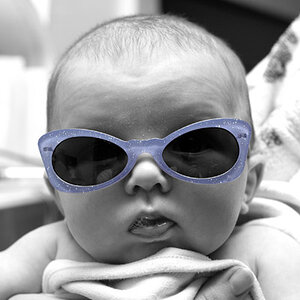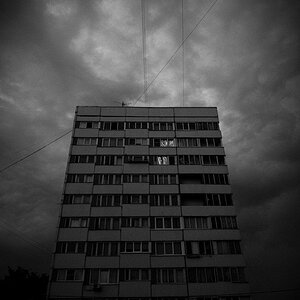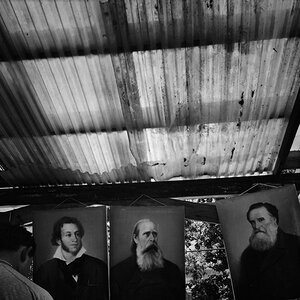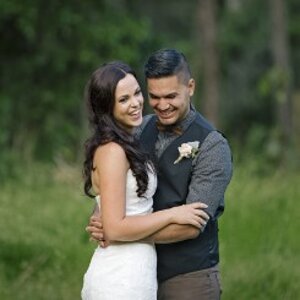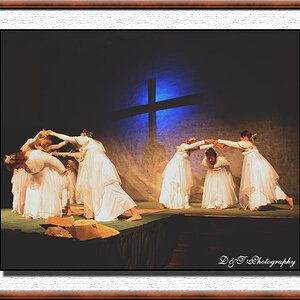linpelk
TPF Noob!
- Joined
- Jan 1, 2009
- Messages
- 406
- Reaction score
- 0
- Location
- California
- Can others edit my Photos
- Photos OK to edit
Sometimes I will be taking a photo in the open shade and the background or sky will be blown out. If I expose for the sky, then my subject will be underexposed. Is there any way to avoid this. I know that shooting when the sun isn't so harsh would be helpful, but sometimes I can't avoid it. Here is an example:






